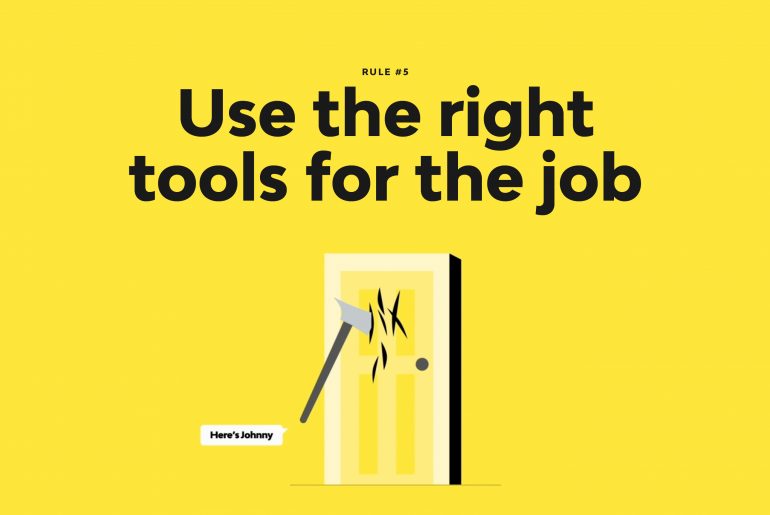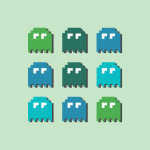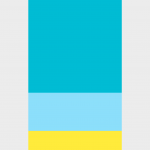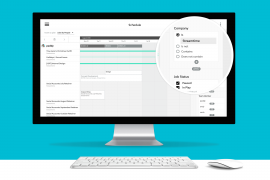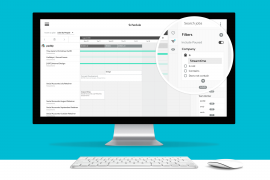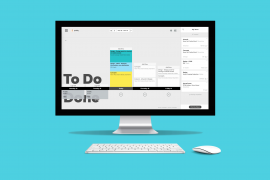When you’re designing a product from the ground up, it’s not just about pushing pixels around Creative Suite and Sketch.
We need more, and different, tools to make a good product. We’ve expanded our creative toolkit: alongside our design tools, we’ve added tools for business, tools for measuring data, as well as soft tools like questioning techniques and interviewing skills.
It can be quite enlightening to see often a part of our product is used, how people are using it, and even where the product is ‘rage-clicked’.
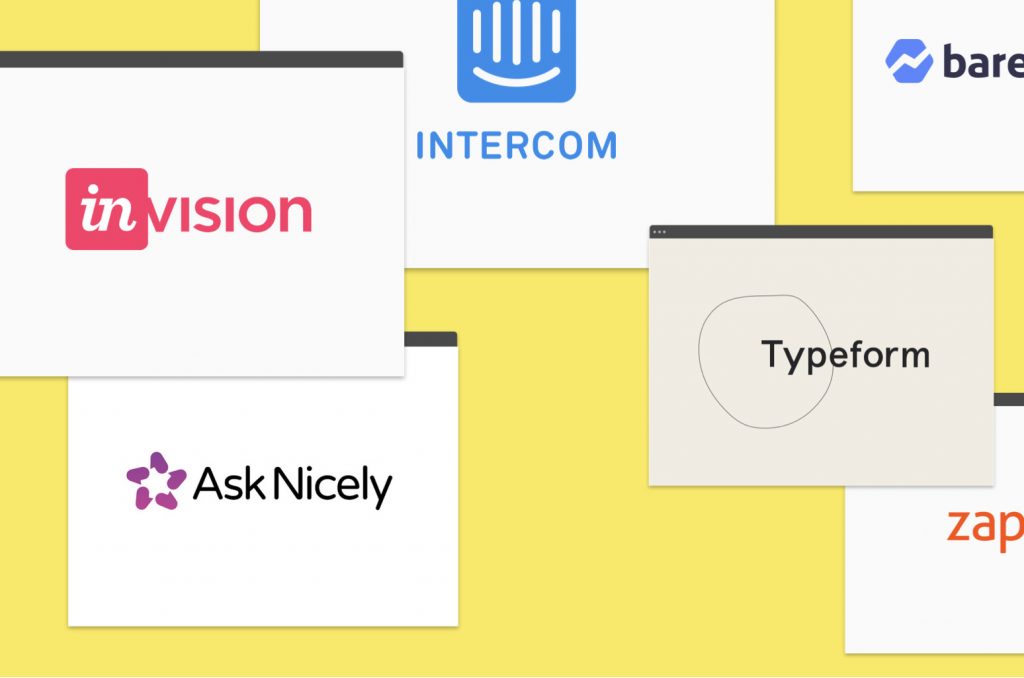
We use our usual creative tools. But we also use InVision for prototyping, Intercom to talk to our customers, AskNicely to generate our NPS, Typeform to create surveys, Baremetrics to track our business targets, Zapier to connect things together… the list goes on.
So you have to have to have a big toolset, sure.
But you also have to pick the right tools for the job at hand.
We do qualitative user interviews when we really want to get to the heart of a problem. And quantitative analysis when we’re looking for patterns of behaviour. When you’re looking at numbers though, you’ll need a good sense of what variables are affecting your results, and what factors are going to influence your results.
We’ll use simple mapping exercises as tools too—prioritising what to build by using an Effort vs Impact matrix: helping us drill down into where we can make the biggest impact. This keeps us focused, and lets us set our definition of done.
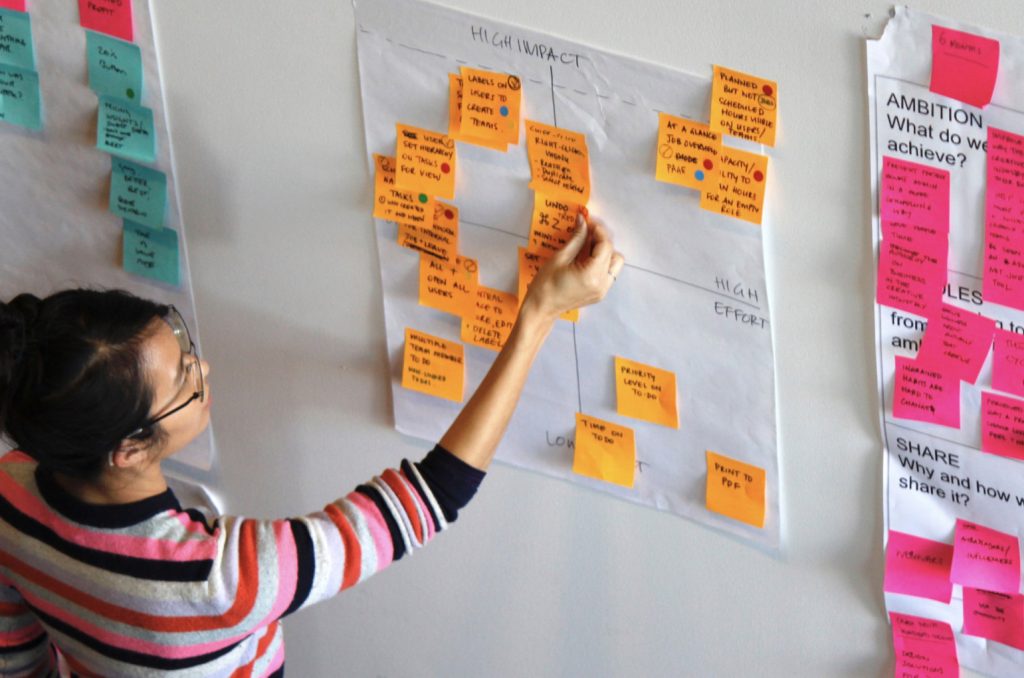
Christian and I are also the entire ST design dept. It’s just the two of us.
We’re responsible for everything design-related. Plus we contribute to other parts of the business, like growth and content creation.
So we’re pretty busy. And to maximise efficiency, we also use tools to automate—for example, for user research recruitment. So we’re focused on the biggest creative problems.
Pick the right tools and techniques for the job at hand.
Know how to read the numbers you get.
And use tools that increase your efficiency and allow you to concentrate on the heavy lifting – more important creative work.
Keen to learn more?
We’re sharing our Product Design Playbook. 10 rules we follow when we design. Head here to read other posts from the series.


